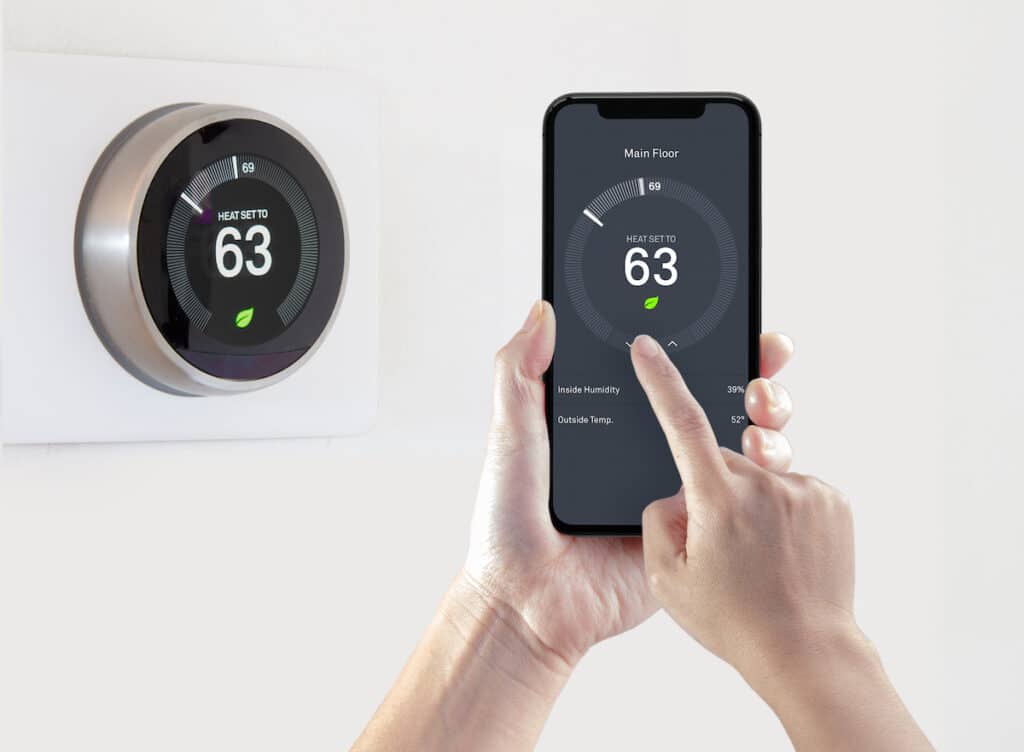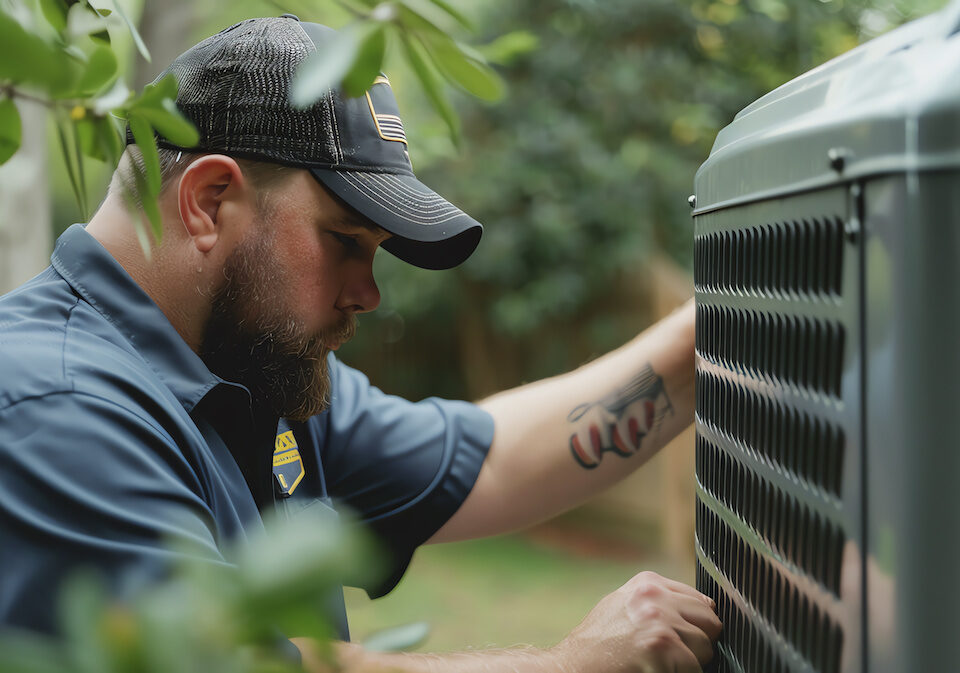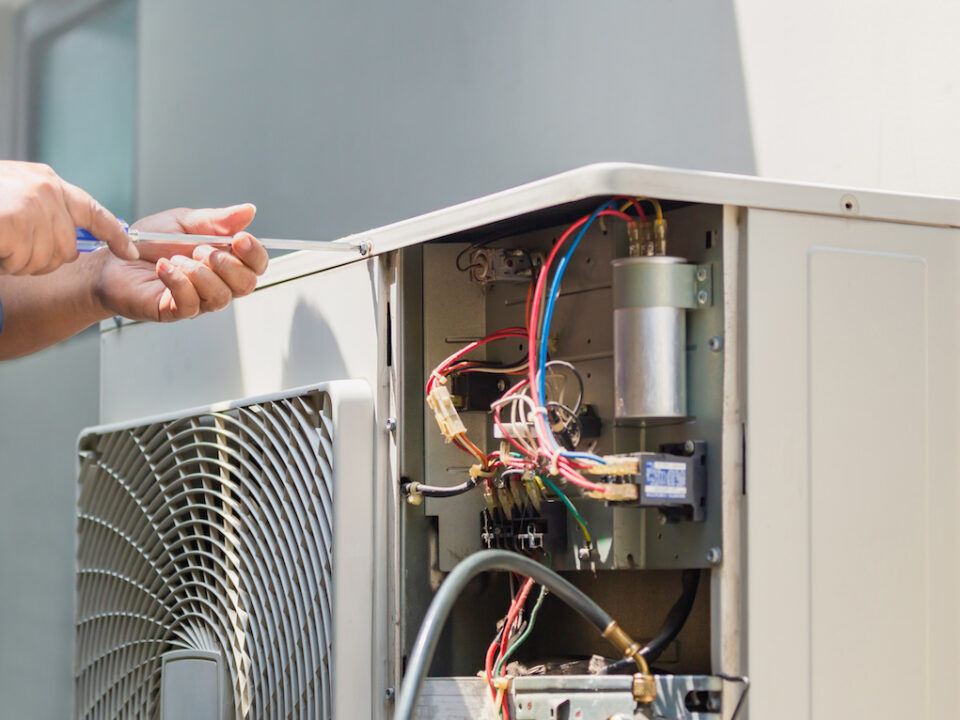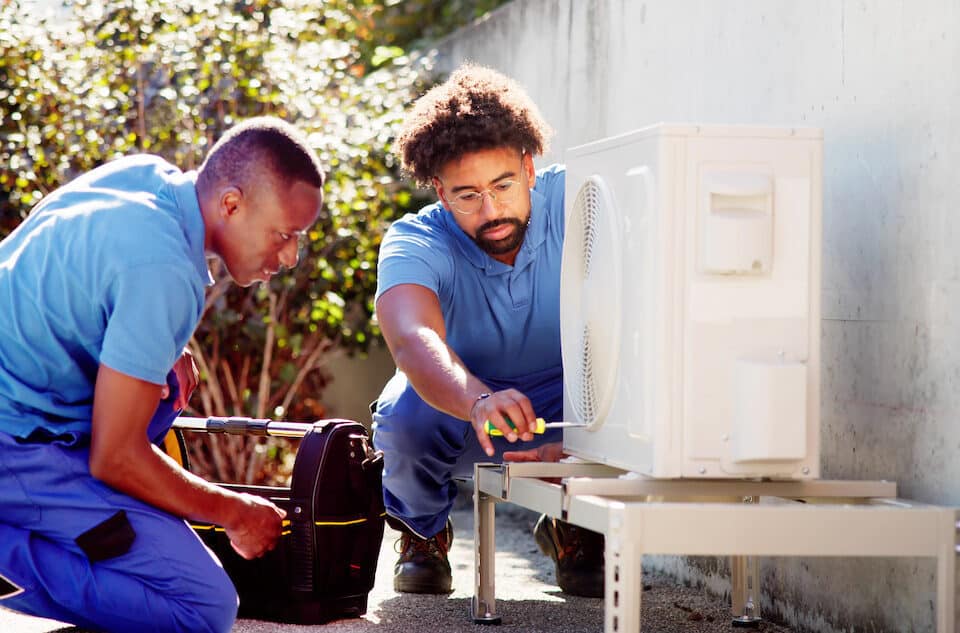Thermostats 101: Understanding the Basics for Efficient Climate Control

Efficient climate control is a fundamental aspect of creating a comfortable and energy-efficient home environment. Whether it’s staying cozy during the winter or keeping cool in the scorching summer months, having precise control over the temperature inside your home is essential. And at the heart of this control is the thermostat—a small yet powerful device that plays a crucial role in regulating the temperature to meet your desired comfort level.
In today’s world, where energy efficiency and sustainability are paramount, understanding the basics of thermostats and how they work is more important than ever. By gaining a deeper understanding of thermostats and their functionalities, you can unlock their full potential and achieve optimal climate control while minimizing energy waste and reducing utility costs.
The purpose of this article is to:
- Guide you through the intricacies of thermostats
- Shed light on the various types available
- Explore their components and functions
- Discuss programming and scheduling options
- Provide energy efficiency tips
- Offer guidance on common troubleshooting and maintenance practices
Armed with this knowledge, you’ll be equipped to make informed decisions regarding thermostat selection, operation, and optimization in your quest for an energy-efficient and comfortable home.
Types of Thermostats
There are several types of thermostats available on the market, each with its own features and capabilities. The three main types are manual thermostats, programmable thermostats, and smart thermostats. Ideally, this section will give you the guidance you need to select the right thermostat for your home.
Manual Thermostats
Manual thermostats are the most basic type and are typically found in older homes. They allow you to manually adjust the temperature by turning a dial or pressing buttons. While simple to operate, they lack the advanced features and programming capabilities of other thermostat types.
Programmable Thermostats
Programmable thermostats provide more control and convenience. They allow you to set temperature schedules based on your daily routines.
For example, you can program the thermostat to lower the temperature when you’re away during the day and raise it just before you return home. This helps optimize energy usage and maintain comfort.
Programmable thermostats often offer multiple temperature settings for different times of the day and days of the week.

Smart Thermostats
Smart thermostats are the most advanced and technologically advanced option. They offer features such as:
- Learning capabilities
- Remote access
- Integration with other smart devices
Smart thermostats can learn your temperature preferences and adjust settings automatically based on your behavior. They can also be controlled remotely via smartphone apps, allowing you to adjust the temperature even when you’re not at home.
Some smart thermostats can even integrate with home automation systems, creating a seamless and energy-efficient climate control experience.
Thermostats Components and Functions
To understand how thermostats regulate temperature, let’s explore their key components and functions:
Temperature Sensor
The temperature sensor is a critical component of the thermostat. It measures the ambient temperature in the room or area where the thermostat is installed.
Accurate temperature sensing is crucial for effective climate control.
It is essential to place the thermostat away from direct sunlight, drafts, or heat sources to ensure accurate temperature readings.
If you are experiencing trouble with the temperature sensor for your thermostat, you should reach out to a professional heating and air service, like Trust Heating and Air, to get the problem solved right away.
Control Panel and Display
The control panel and display provide the interface for adjusting temperature settings and accessing various thermostat functions. Depending on the thermostat model, the control panel can consist of buttons, a touchscreen, or a combination of both. The display shows the current temperature, mode, and other relevant information.
Mode Selection
Thermostats offer different modes for heating, cooling, and auto operations.
- In heating mode, the thermostat activates the heating system to raise the temperature.
- In cooling mode, it triggers the air conditioning system to lower the temperature.
- Auto mode automatically switches between heating and cooling based on the temperature setting and the current room temperature.
Understanding the different modes and their functionalities allows you to select the appropriate setting for your needs.
Fan Control
Thermostats often include fan control options. The fan can be set to “on,” “off,” or “auto.” When set to “on,” the fan continuously circulates air, providing better air distribution. When set to “off,” the fan remains inactive. The “auto” setting allows the fan to operate only when the heating or cooling system is actively running. Using the appropriate fan setting can contribute to energy savings and increased comfort.
Programming and Scheduling
Programmable thermostats offer the advantage of setting temperature schedules to align with your daily routines.
Consider the following tips for effective programming and scheduling:
Customizing Temperature Settings For Thermostats
Take advantage of the multiple temperature settings available on programmable thermostats. Set higher temperatures during the summer when you’re away during the day and lower temperatures when you’re sleeping. Customize the settings to match your comfort preferences and optimize energy efficiency.
Optimizing Comfort and Energy Efficiency
When programming your thermostat, find a balance between comfort and energy savings. Avoid extreme temperature changes that may require excessive energy to reach the desired comfort level. Gradual temperature adjustments allow the system to operate more efficiently.
Vacation and Away Modes for Thermostats
Programmable and smart thermostats often have vacation or away modes, allowing you to adjust temperature settings when you’re away for an extended period.
Here’s how you can benefit from these modes:
Adjusting Temperature Settings for Thermostats
Before leaving for vacation or an extended absence, activate the vacation or away mode on your thermostat. This allows you to set the temperature higher in the summer or lower in the winter to save energy while maintaining a reasonable level of comfort.
Some thermostats even offer temperature recovery options, so you can set the thermostat to return to your preferred comfort level just before you arrive back home.
Wondering what the most efficient thermostat setting is in the summer? Read this blog.
Energy-Saving Benefits
By adjusting the temperature while you’re away, you can significantly reduce energy consumption and lower utility bills.
These energy savings can add up over time, making vacation and away modes valuable features of programmable and smart thermostats. Because after all, who doesn’t love cost savings?

Energy Efficiency Tips for Thermostats
To maximize energy efficiency with your thermostat, consider the following tips:
1. Temperature Setbacks
Take advantage of temperature setbacks during periods of inactivity. Lower the temperature in the winter when you’re sleeping or away during the day. Just be careful not to turn the temperature too low as this can freeze and burst the pipes.
Similarly, raise the temperature in the summer during those times. These setbacks help conserve energy by reducing the workload on your heating and cooling systems.
2. Utilizing Smart Features
If you have a smart thermostat, utilize its advanced features. Smart thermostats can learn your behavior over time and adjust temperature settings automatically. They can also utilize geofencing technology, which detects when you’re away from home and adjusts the temperature accordingly.
Additionally, smart thermostats often come with smartphone apps that allow you to control the thermostat remotely. This feature proves useful when you want to adjust the temperature before returning home or when unexpected schedule changes occur.
3. Integration with Home Automation Systems
Consider integrating your thermostat with other smart devices in your home automation system.
For example, you can sync it with smart blinds or curtains to control sunlight and heat gain. By coordinating various smart devices, you can create a more energy-efficient and comfortable living environment.
Common Troubleshooting and Maintenance for Thermostats
To ensure your thermostat is always operating efficiently, it’s important to perform regular troubleshooting and maintenance. Here are some of our best preventative maintenance tips:
Calibration and Accuracy Checks
Periodically check the accuracy of your thermostat’s temperature readings. Compare it to a reliable thermometer to ensure they match. If there are discrepancies, consult the thermostat’s manual for calibration instructions or contact a professional for assistance.
Battery Replacement
Many thermostats rely on batteries for power. Check the battery level indicator on your thermostat’s display and replace the batteries when necessary. Fresh batteries maintain proper functionality and prevent any interruptions in climate control.
Troubleshooting Common Issues
If you encounter issues such as incorrect temperature readings, unresponsive controls, or other malfunctions, consult the thermostat’s user manual or contact a qualified technician for troubleshooting assistance. They can provide guidance on resolving common problems or identify if there is a need for repair or replacement.
Understanding Thermostats can Help You Save
Understanding the basics of thermostats is crucial for efficient climate control and energy savings in your home.
You can optimize comfort while reducing energy consumption by:
- Choosing the right thermostat type
- Understanding its components and functions
- Programming and scheduling temperature settings
- Implementing energy-efficient practices
Take advantage of the features offered by modern thermostats, such as smart capabilities and integration with home automation systems, to create a personalized and energy-efficient climate control experience.
Financially, do not forget to implement a preventative maintenance program to ensure your thermostat operates smoothly. If your searching for a service provider that can help with this, contact Trust Heating and Air! We can get your thermostat in working order and perform preventative maintenance on your HVAC system!



